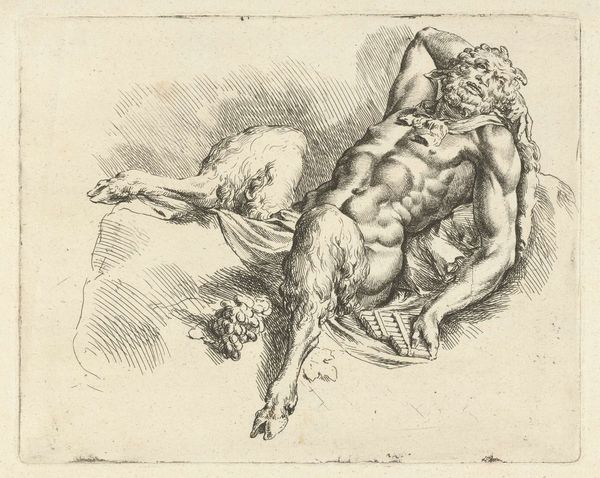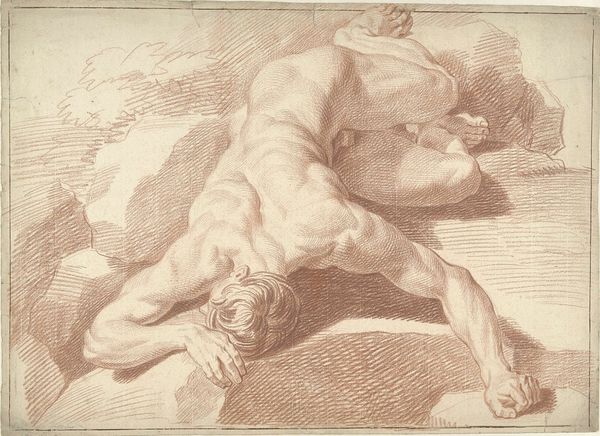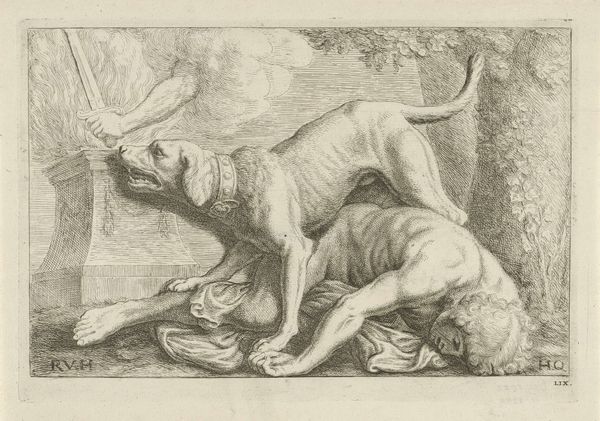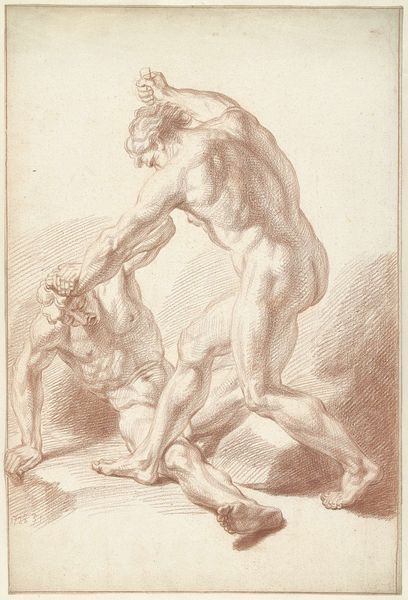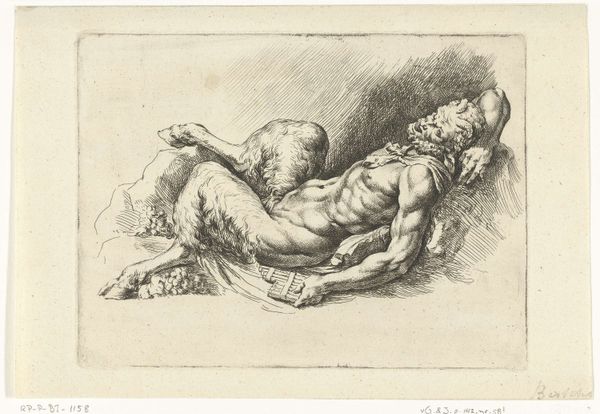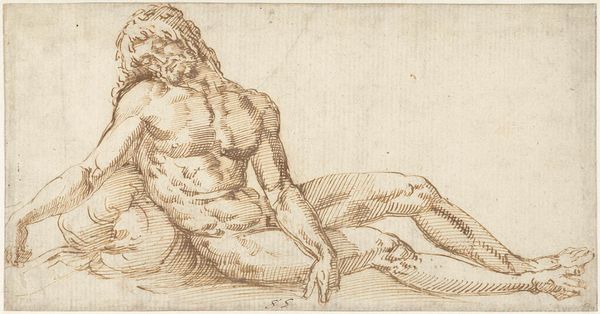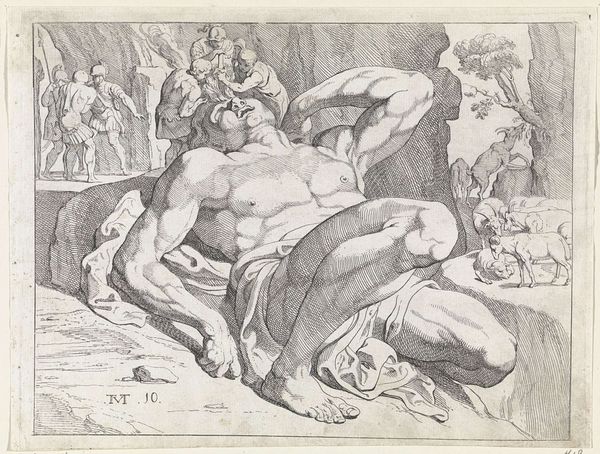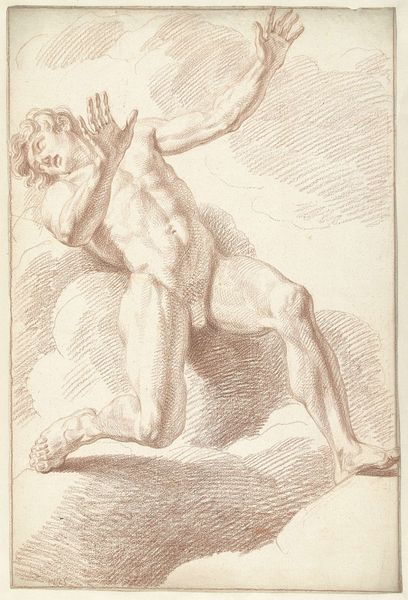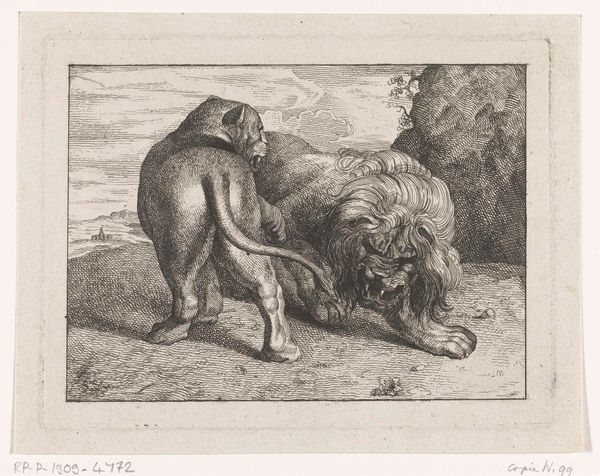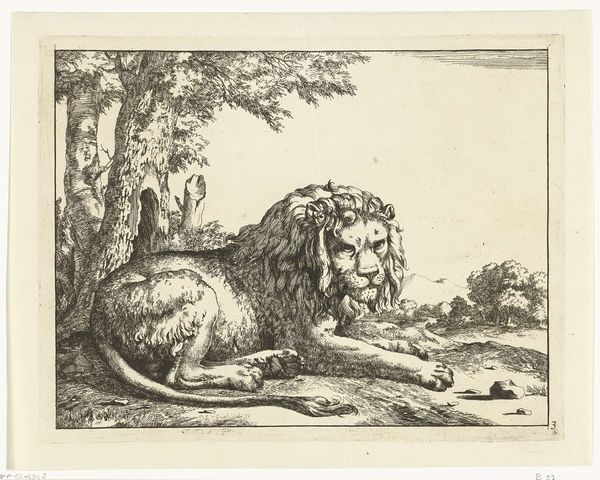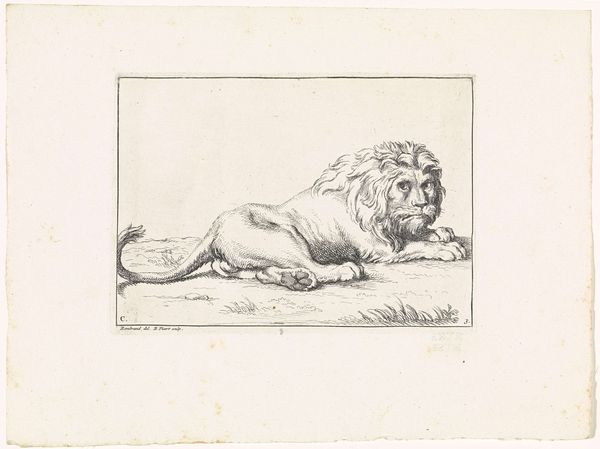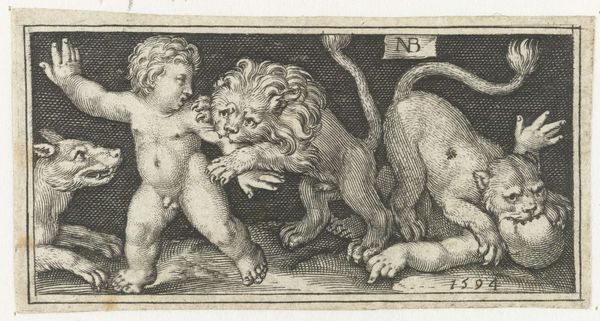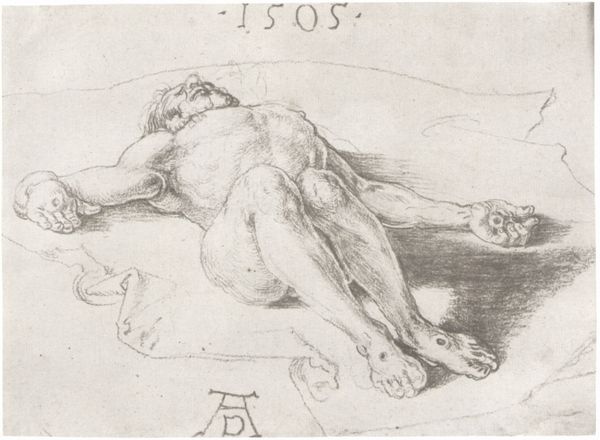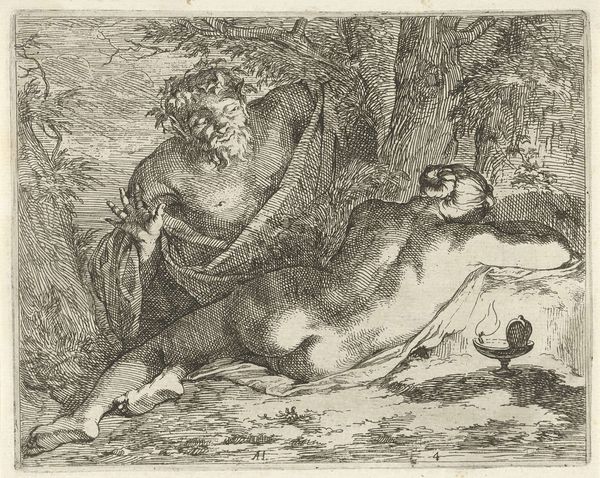
Dimensions: height mm, width mm
Copyright: Rijks Museum: Open Domain
Editor: Here we have "Liggend naakt kind," or "Lying Naked Child," an etching made by Jan Swart in 1774. The delicate lines create a really intimate and soft scene of the child sleeping. What’s your take on it? Curator: Etchings like this, while seemingly straightforward, are deeply embedded in the social and economic structures of the time. Think about the copper plate itself - a valuable commodity. The acid-etching process involved skilled labor. This wasn't simply art; it was a product of very specific resources, tools, and human effort. Do you see how that contrasts with the seemingly innocent depiction of the child? Editor: Absolutely. The focus on the child kind of obscures the intense labour behind making the etching. Was there a particular market for these kinds of prints? Curator: Yes. Prints like these were often acquired by a rising merchant class. It speaks volumes about aspirations and the material culture they wished to cultivate. This "art" was also, fundamentally, about social mobility and demonstrating refined taste through acquisition and display. What else catches your eye regarding the process itself? Editor: Well, knowing it's an etching changes how I view the line work. I tend to think of paintings when I see works from this era. This almost feels industrial and less gestural compared to drawings. Curator: Precisely! And the act of printing further divorces the artist’s hand from the final "artwork," complicating traditional ideas about artistic genius and manual skill. The multiple impressions would also reach diverse social strata within evolving markets for reproductive graphics, making ownership and collecting of art newly accessible. Editor: So much more going on than just a sweet depiction of a kid. It’s incredible to think about how the production process informs its meaning. Curator: Exactly! By understanding the materials, labour, and economic context, we uncover hidden narratives within the seemingly simple image. It pushes us to consider art beyond aesthetics.
Comments
No comments
Be the first to comment and join the conversation on the ultimate creative platform.
